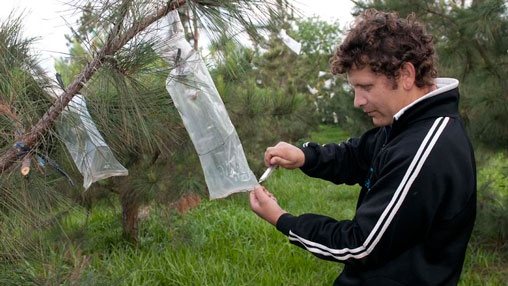The forest of Misiones is a unique place in Argentina. Land of myths and legends like El Pombero, Yasi Yateré or Caa Yari, and where mate comes from, occupies about 50% of the area of the and it is one of the regions with major biodiversity in the country, with more than 1,500 species of mammals (such as the jaguar), over 500 species of birds and more than 300 fish.
But this natural paradise has a dangerous enemy: deforestation.
It is in this habitat where Hugo Fassola and Gustavo Zurita are researching about the sustainable management of forest plantations. Both are winners from the Applied Research Projects (PIA), organized by the Ministry of Agriculture, Livestock and Fisheries, with support from the World Bank.
The aim of the initiative is to develop knowledge and technology applied to the sustainable production of quality wood. The 52 projects selected, covering issues of forestry, bioenergy and climate change, among others, are being implemented in Mesopotamia, Chaco, Pampa, Patagonia, the Northwest and the province of Mendoza.
Zurita is a biologist specialized in ecology. As part of the National University of Misiones, he’s been studying for a year about how native biodiversity contributes to forest plantations.
"The native forest provides services such as the generation of nutrients and decomposing organisms, which are used by forest plantations. This leads us to value biodiversity not only by itself, but also for the functions it performs" explains Zurita.
During the investigation, samplings are taken in different distances between forests and plantations, to measure humidity, soil temperature and composition of litter, for example. "All this serves to define what functions of biodiversity assist the forest plantation productivity," says Zurita.

